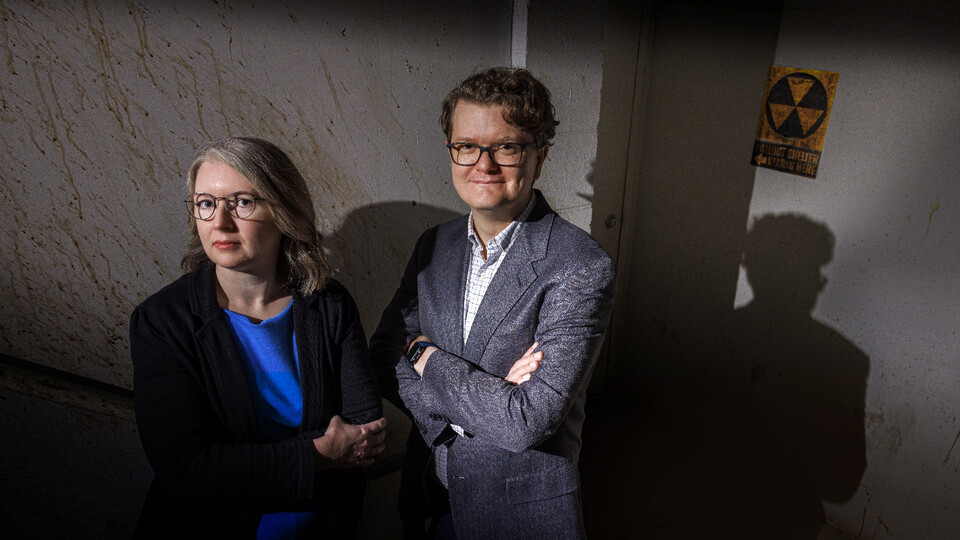DOE’s Office of Science Releases Vision Outlining the Path to Advancing Fusion Energy Science and Technology
Department of Energy, Office of ScienceThe Office of Fusion Energy Sciences (FES), at the U.S. Department of Energy’s Office of Science, announced the release of its vision, Building Bridges: A Vision for the Office of Fusion Energy Sciences, during the Fusion Energy Sciences Advisory Committee hearing on December 13, 2023.

















